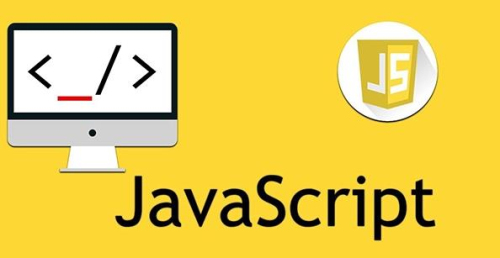在JavaScript中,防抖(Debouncing)是一种常用的技术,主要用于优化频繁触发的事件处理,如输入框的实时搜索、窗口大小调整等操作。防抖的核心思想是:在连续的事件触发中,只有最后一次事件触发后的一段时间内没有新的事件发生时,才会执行相关的操作。这样可以减少不必要的操作和提高性能。
实现防抖功能的原理
防抖的基本原理是使用一个定时器来延迟操作的执行。在每次事件触发时,重置定时器,这样只有在事件停止触发后,定时器才会到期并执行操作。
防抖函数的实现
下面是一个常见的防抖函数的实现示例:
javascriptCopy Code/**
* 防抖函数
* @param {Function} func - 要防抖执行的函数
* @param {number} wait - 等待时间(毫秒)
* @returns {Function} 防抖后的函数
*/
function debounce(func, wait) {
let timeout;
return function(...args) {
// 清除之前的定时器
clearTimeout(timeout);
// 设置新的定时器
timeout = setTimeout(() => {
func.apply(this, args);
}, wait);
};
}
使用示例
假设你有一个搜索框,用户在输入时你希望只有在用户停止输入一定时间后才发起搜索请求:
htmlCopy Code<!DOCTYPE html>
<html>
<head>
<meta charset="UTF-8">
<meta name="viewport" content="width=device-width, initial-scale=1.0">
<title>Debounce Example</title>
</head>
<body>
<input type="text" id="search" placeholder="Type to search...">
<script>
// 防抖函数
function debounce(func, wait) {
let timeout;
return function(...args) {
clearTimeout(timeout);
timeout = setTimeout(() => {
func.apply(this, args);
}, wait);
};
}
// 模拟搜索函数
function performSearch(query) {
console.log(`Searching for: ${query}`);
}
// 获取输入框元素
const searchInput = document.getElementById('search');
// 创建防抖后的函数
const debouncedSearch = debounce(function(event) {
performSearch(event.target.value);
}, 300); // 300毫秒的防抖延迟
// 给输入框绑定事件
searchInput.addEventListener('input', debouncedSearch);
</script>
</body>
</html>

说明
函数 debounce:接受一个函数 func 和一个等待时间 wait。返回一个新函数,该函数在每次调用时会重置定时器,只有在等待时间结束后且没有新事件触发时才会执行 func。
performSearch:这是实际执行的搜索函数,实际应用中你可能会用它发起 AJAX 请求或其他操作。
debouncedSearch:使用 debounce 函数创建的防抖函数,用于处理输入事件,确保只有在用户停止输入 300 毫秒后才执行 performSearch。
应用场景
输入框搜索:减少输入时发送的搜索请求次数。
窗口调整大小:避免频繁触发调整大小事件,提高性能。
表单验证:减少用户输入时实时验证的次数。
通过实现和使用防抖功能,可以显著提高网页的性能和用户体验,特别是在处理高频事件时。